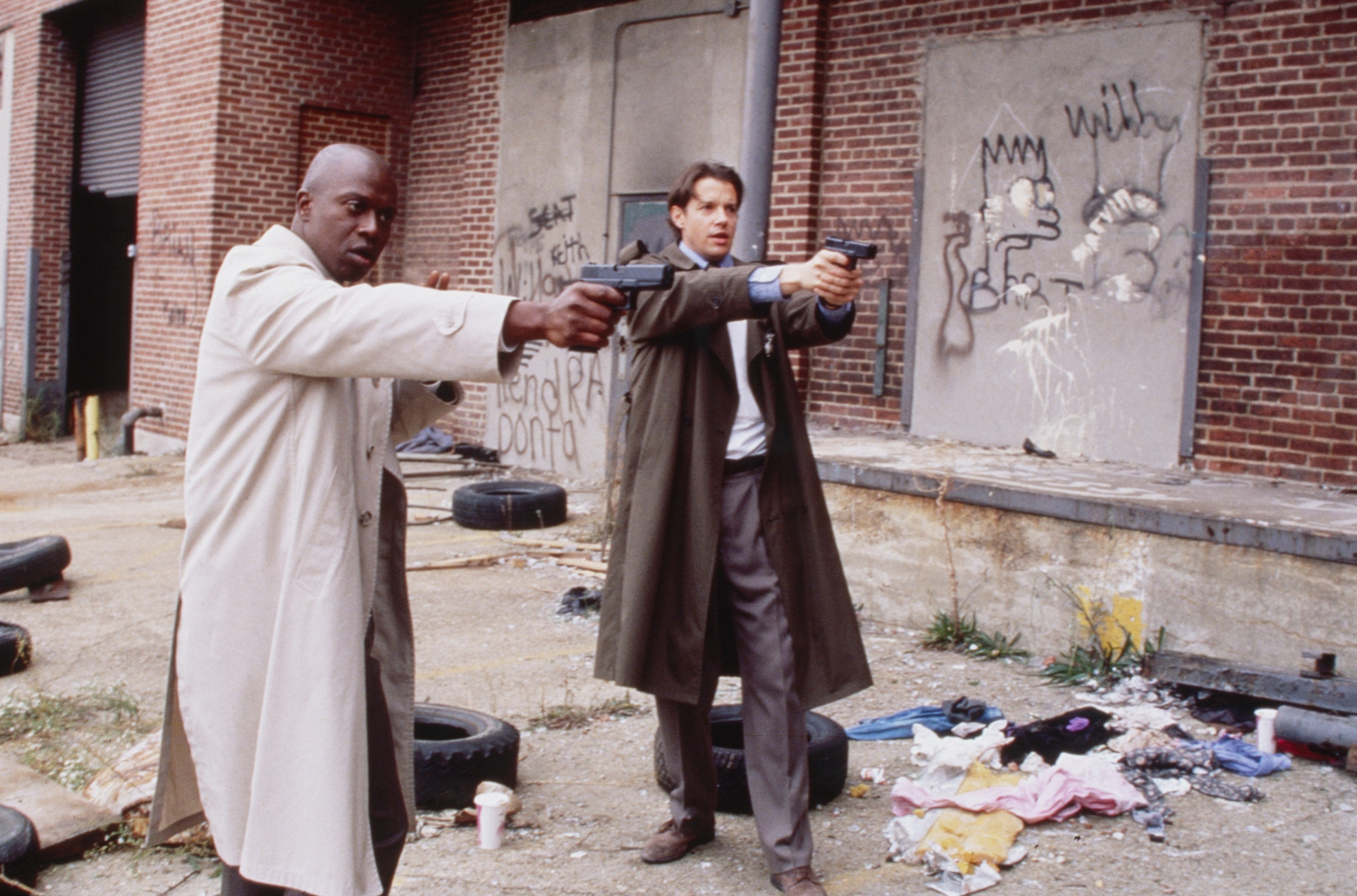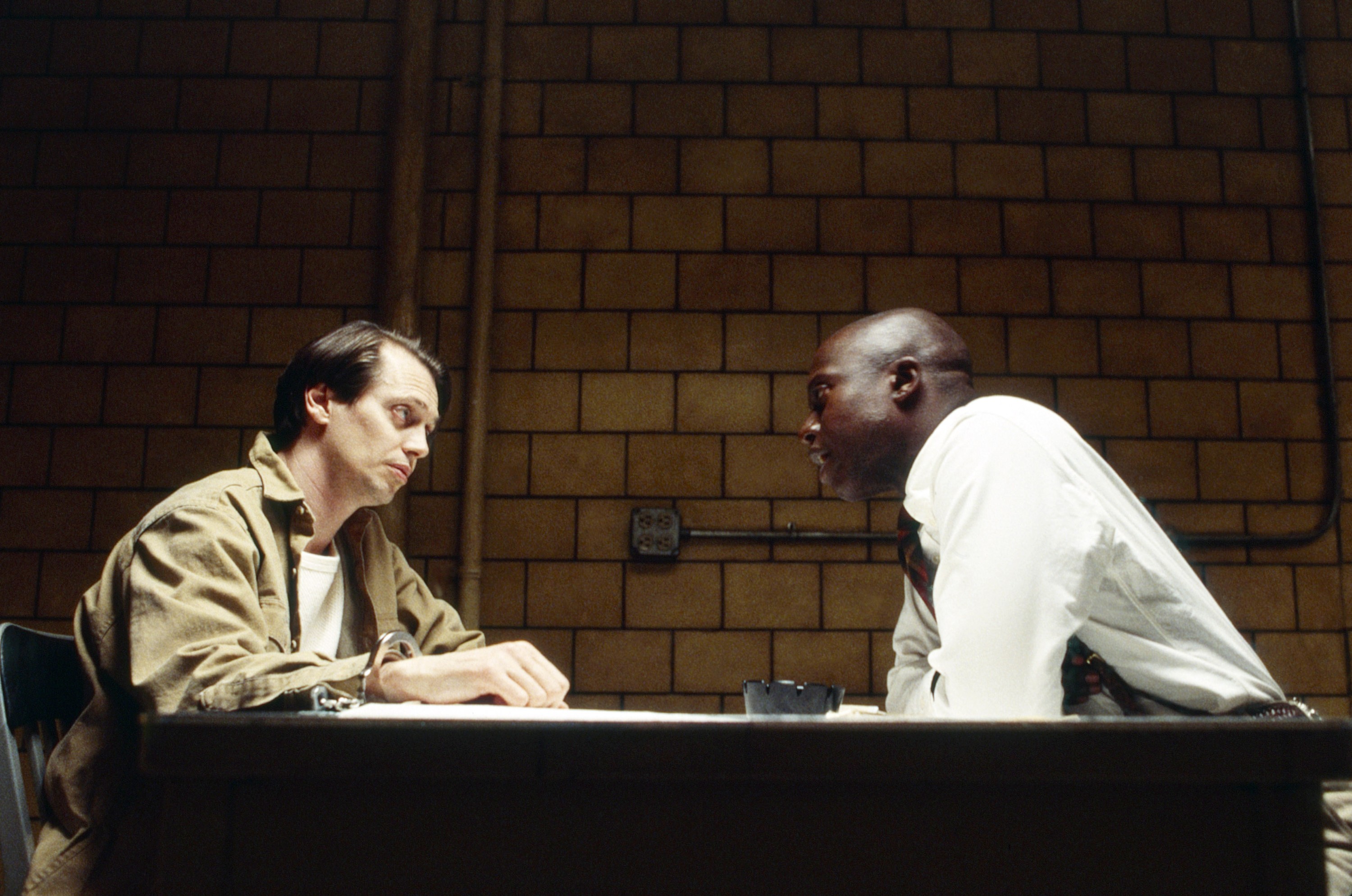
In the world of TV, you don’t get much more influential than Homicide: Life on the Street. This police procedural, which ran for seven seasons on NBC starting in 1993, started the television career of David Simon, creator of The Wire, and began his work mapping out the everyday tragedies of crime in the city of Baltimore. It prefigured the moral ambiguity and complex characters that defined the prestige TV era in shows like HBO’s The Sopranos half a decade later. And it created an urgent new visual language for TV, full of jump-cuts and intimate, restless handheld camerawork, that was much imitated by the likes of FX’s The Shield. Plus, it did all that within the bounds of a traditional network cop show.
But Homicide spent most of its run battling poor ratings, network interference, and the threat of cancellation. More recently, its status as a classic has been at risk for the simple reason that it’s been very hard to watch. The show was mysteriously absent from streaming services, and even its availability on DVD was patchy. It felt like Homicide might be forgotten.
Fortunately, the music rights issues that kept Homicide offline have finally been put to bed, and all seven seasons of the show, plus 2000’s Homicide: The Movie, are now available on Peacock. It’s essential viewing. It’s also quite unlike anything else you’ll see today. It’s not so much that it’s dated — it feels pretty fresh, despite its very ’90s frame of reference — but rather that Homicide occupies an unusual dramatic space, halfway between the meat-and-potatoes murder-of-the-week police procedurals that preceded it and the novelistic story arcs and arty filmmaking of the peak TV that it inspired.

Something else that set Homicide apart at the time (and still does now) is that it’s infused with a journalistic spirit. The show is adapted from Simon’s classic nonfiction book Homicide: A Year on the Killing Streets, which recounts his experience as a Baltimore Sun crime reporter, embedding for a year with Baltimore PD’s homicide unit. Cases, incidents, and detectives from the book inspired characters and storylines in the show. As a consequence, it’s about as true to life as network TV cop shows get. The fluid, unpredictable structure keeps viewers on their toes and resists the comfortable rhythms of fiction, especially traditional procedurals; you never know if a murder will be wrapped up within a single episode, develop into a season-long mystery, or never get solved at all.
This gritty verisimilitude is heightened by Homicide’s vérité shooting style, which was masterminded by the Baltimore-born movie director Barry Levinson (Rain Man), who produced the show and directed key episodes. Homicide was shot using grainy 16mm film cameras, mostly on location in Baltimore, and often handheld. The editing is loose and improvisational, getting you closer to the characters and creating a documentary feel.
But it wasn’t all innovation. It’s just as crucial to Homicide’s brilliance — perhaps more so — that it’s steeped in good old-fashioned TV craft. The detectives are brought to life by a knockout lineup of perfectly cast character actors. The great Yaphet Kotto (Parker in Alien) is the homicide squad’s intimidating pit boss Al Giardello, towering lugubriously over his detectives and barking at them with a mixture of cruelty and love. Richard Belzer’s cadaverous Detective Munch is an unforgettable creation, weaponizing his kvetchy grievances against the squad’s suspects; Munch outlived the show, wandering into the cast of Law & Order: SVU for no less than 15 more seasons.

The roll call of recognizable, characterful, lived-in faces goes on: Ned Beatty, Melissa Leo, Clark Johnson, Jon Polito, one of the lesser Baldwins (Daniel, to be exact). They’re strongly defined types, flawed but lovable, always in weary but inexhaustible conversation with each other about the nature of police work. They’re not all good cops, but they ring true. It’s a classic ensemble show — but still, one detective rises above the rest.
Frank Pembleton is young, Black, educated, urbane, dressed to kill, and deadly serious. He’s the most brilliant detective on the squad, and he knows it; his arrogance is his weakness. In what will be a surreal twist to younger viewers, he’s played by the late Andre Braugher, whose Captain Holt on Brooklyn Nine-Nine is a spoof of the kind of curmudgeonly police boss exemplified by Kotto in Homicide. If you know and love Braugher for his deadpan comic timing and pained authority, seeing him as an effortlessly cool young firebrand, burning with frustrated intensity, will be a real eye-opener. It’s puzzling that Homicide didn’t usher him to major stardom (or maybe it isn’t; ’90s TV was only so diverse, after all).
Perhaps Homicide’s true TV genius rests in two simple pieces of iconography, though. “The Box” is the windowless room where the show’s interrogations take place: stark and claustrophobic, it’s the stage for countless brilliantly written, ambiguous confrontations, some expanding to take over whole episodes. And The Board (a direct lift from Simon’s book) is a whiteboard where victims’ surnames are written in block capitals, lined up in columns under the detectives’ names – black for closed cases, red for open ones. The board eraser keeps wiping, and the names keep going up, red, black, red, black, red. It’s a tally of the squad’s success rate and of the city’s human tragedy. They can never all be wiped away.
